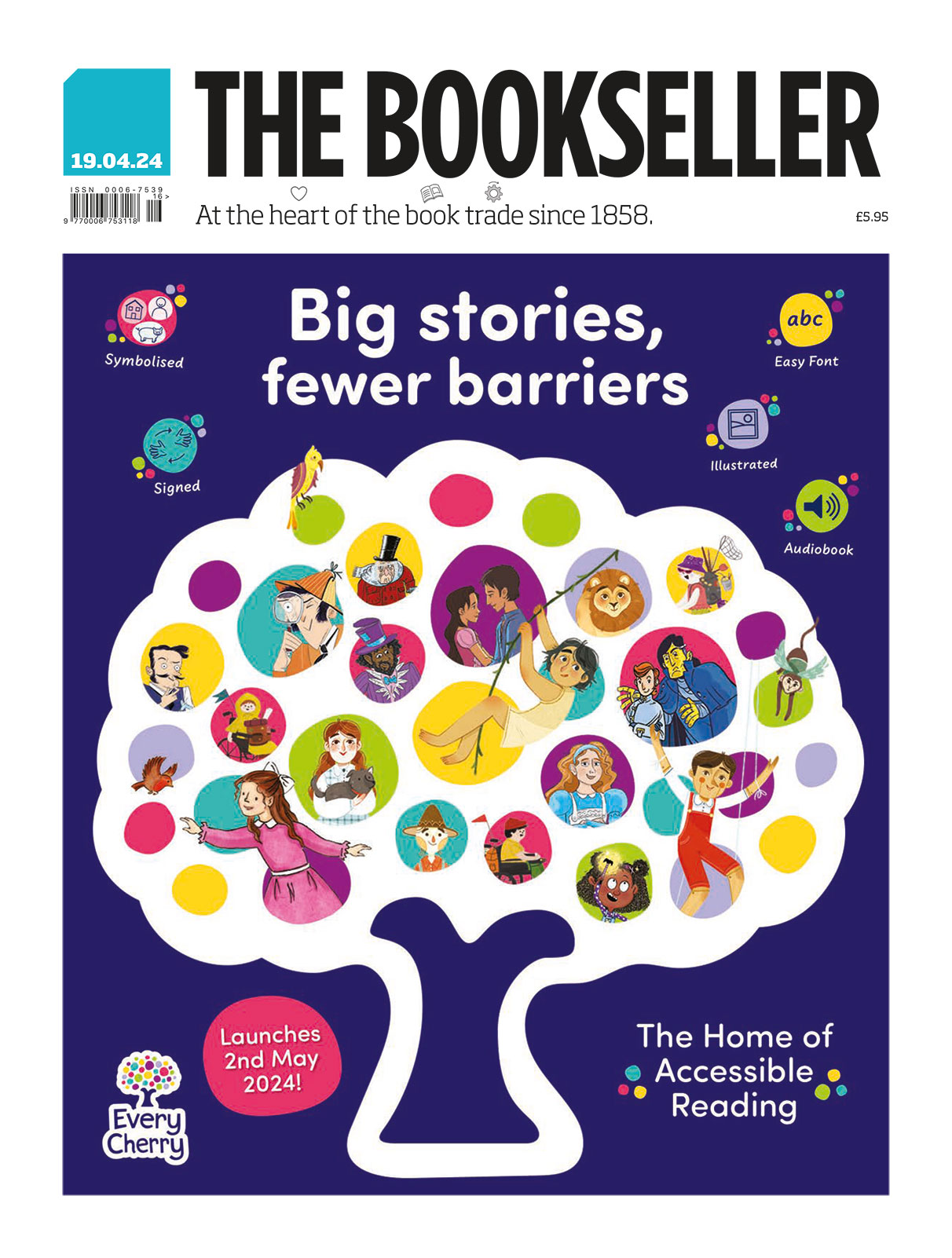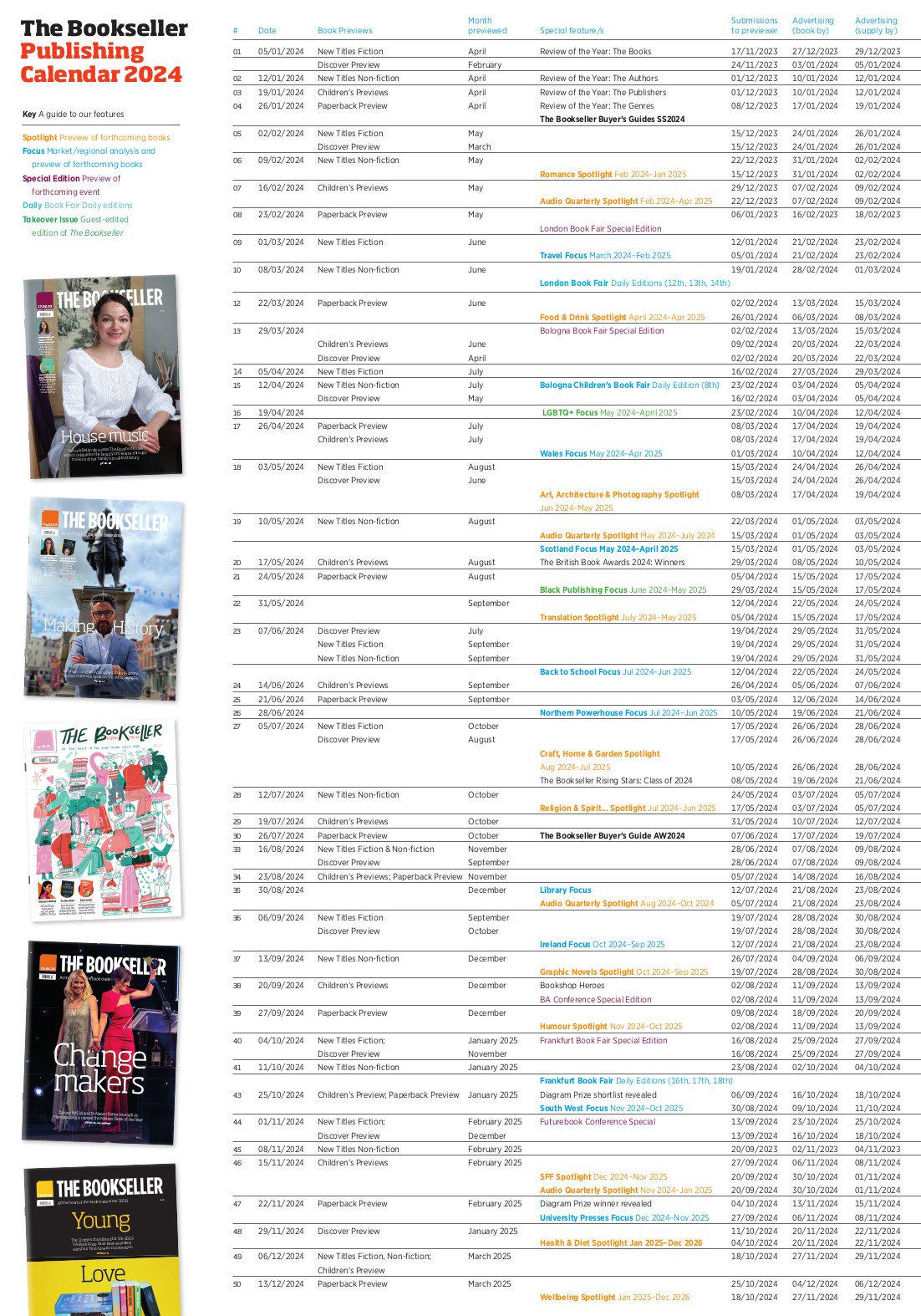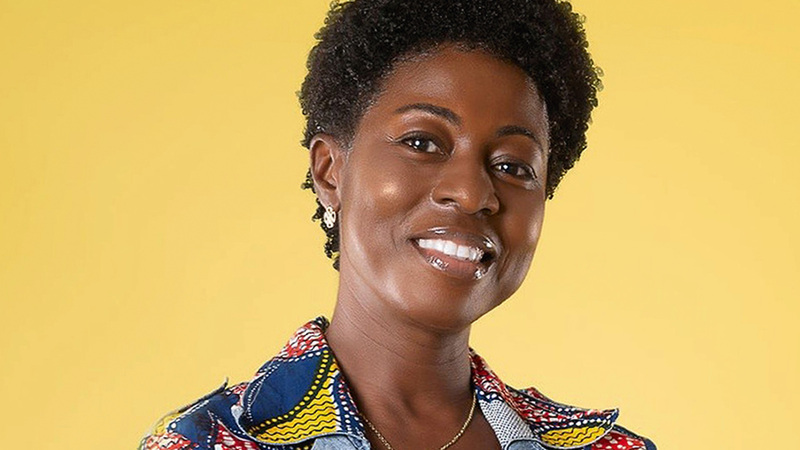The never-ending photo-story
Photographer Léonie Hampton’s documentation of her mother’s struggle with obsessive-compulsive disorder is the Contrasto release, ’In the Shadow of Things.’ That traditionally produced book now forms the basis of another work, Victoria Forrest’s ’In the Shadow,’ a photo-story app (iOS). In her process commentary for us here, Forrest talks of how moving away from the common concept of a physical book’s linearity was freeing. Phrases, she writes, "were cyclical, then they intersected, then they became a tube map." Working this way is one response to what Forrest calls ebooks’ general lack of "the intimacy of print....Can screen-based media," she asks, "really only achieve this by emulating print?"—Porter Anderson
’Even considering a book as linear is generous’
 The ambition of the ebook seems to be to triumph over the printed page.
The ambition of the ebook seems to be to triumph over the printed page.
After all, the ebook is so much more practical. It’s multimedia; readers can carry a collection of stories with them at all times; and the publisher gets to bypass the limitations of distribution. Everyone wins. Except for one problem: the intimacy of print. Its ability to create truly immersive narratives has been coveted by digital publishing from Day One. But can screen-based media really only achieve this by emulating print?
The design process behind the book In the Shadow of Things (Léonie Hampton, Contrasto Books, 2011)—a beautifully intimate portrayal of one woman’s battle with OCD (obsessive compulsive disorder)—was a perfect demonstration of the printed page not being enough..
After the editorial tug-of-war over what would (and would not) be published, only a fraction of the story was told. Illustrations, films and letters were edited out completely and audio files became transcripts. Surely an ebook would be able to incorporate these features? But nothing inspired me. Digital photo books were essentially animated PDFs, slideshows, mini-Web sites.
Linear vs 3-dimensional curation
 Even considering a book as linear is generous. Linear doesn’t specify a direction. We read books from left to right. Of course there are variations, but there is one order to reading, one dimension and changing it renders your story incomprehensible.
Even considering a book as linear is generous. Linear doesn’t specify a direction. We read books from left to right. Of course there are variations, but there is one order to reading, one dimension and changing it renders your story incomprehensible.
The same constraint that applies to reading books has been imposed on photo books. But although "the edit"—the curation of the photographic sequence—is a definitive part of photo book design, the one-dimensional linear sequencing is just a physical constraint of the production process, a coincidence rather than a necessity. Like text, photo essays consist of phrases and divisions, but it’s the bridges between each image, the similarities and opposites found in the details, that layer to create the narrative.
In the absence of the page, the edit is unconstrained.
I started the design process for In the Shadow: An Interactive Portrait of Life with OCD by considering the narrative as a photo book without pages: a journey.
First stop, do not order the content by how it was made (photograph, film, audio, text, illustration). Instead edit by content. What is the image about? What is my emotional response? Empathy, love, happiness, indignation fear, anger, shame?
Out of these chapters, phrases were formed. First they moved linearly, then they were cyclical, then they intersected, then they became a tube map. The reader could choose where to enter the narrative, when to change to a different path and when to exit. Finally even these constraints gave way to stories that can be read in any direction and that loop so there is no last page, a never-ending photo-story.
 Suddenly, the edit started to feel like a walk in a highly curated park. Instead of being a statement of art curation, it felt free. I had been editing this content for more than a year and even I was finding new narratives. This oh-so-simple system (a grid) laid the groundwork for readers to choose their own story. Down. Right. Stop. Up. Left. Create linear patterns. Each unique. You can keep walking. The story won’t end until you want it to.
Suddenly, the edit started to feel like a walk in a highly curated park. Instead of being a statement of art curation, it felt free. I had been editing this content for more than a year and even I was finding new narratives. This oh-so-simple system (a grid) laid the groundwork for readers to choose their own story. Down. Right. Stop. Up. Left. Create linear patterns. Each unique. You can keep walking. The story won’t end until you want it to.
But it was also slightly dizzying. One of the wonders of the physical book is its inability to let you get lost. You know you’re halfway through by the way the pages fall. I wanted that sense of orientation, without a percentile or a timer, as a safety cushion for the reader to relocate themselves.
The pinch-and-zoom solved this immediately. It’s the digital equivalent of flicking through pages. Down. Stop. Zoom out. Swipe. Zoom in. Go there. Up. Read the caption. Back. Up again… Suddenly we had three-dimensional navigation. Not only could I move in any direction, but I could also magnify the narrative by zooming in to watch video, hear audio, read captions. Moreover, we could also distance ourselves from the narrative by zooming out at any point, a snap of the fingers, always allowing the reader to keep a sense of location, as in a traditional book.
But this isn’t a book. It’s something new.
And it’s new precisely because it stopped being a book.
It was thinking beyond the page and designing new mechanisms to carry the narrative that allowed the publication to become an immersive experience, rather than simply being the digital edition of a book.
Here is the video trailer for ’In the Shadow’.
In The Shadow Interactive Photo-Book Trailer from VIKA Books on Vimeo.
Images from Design by Victoria










